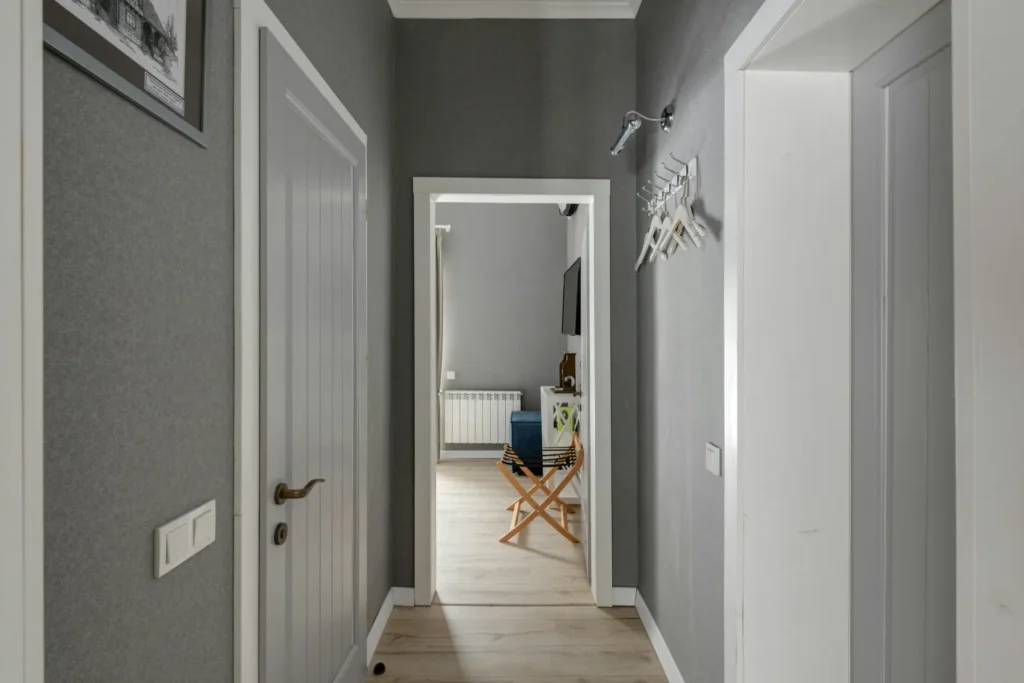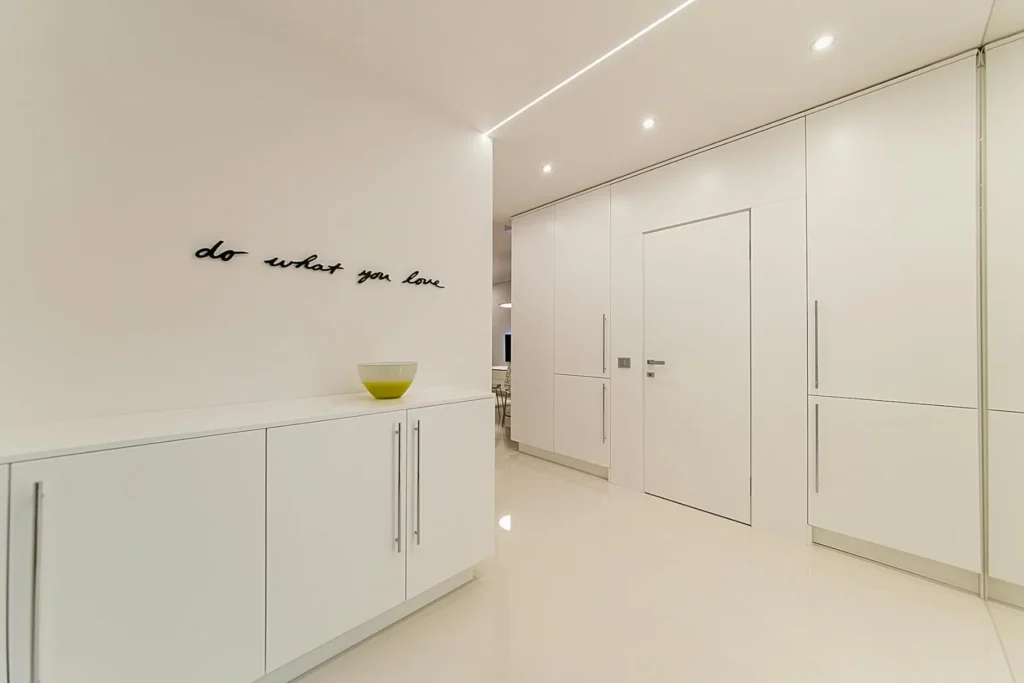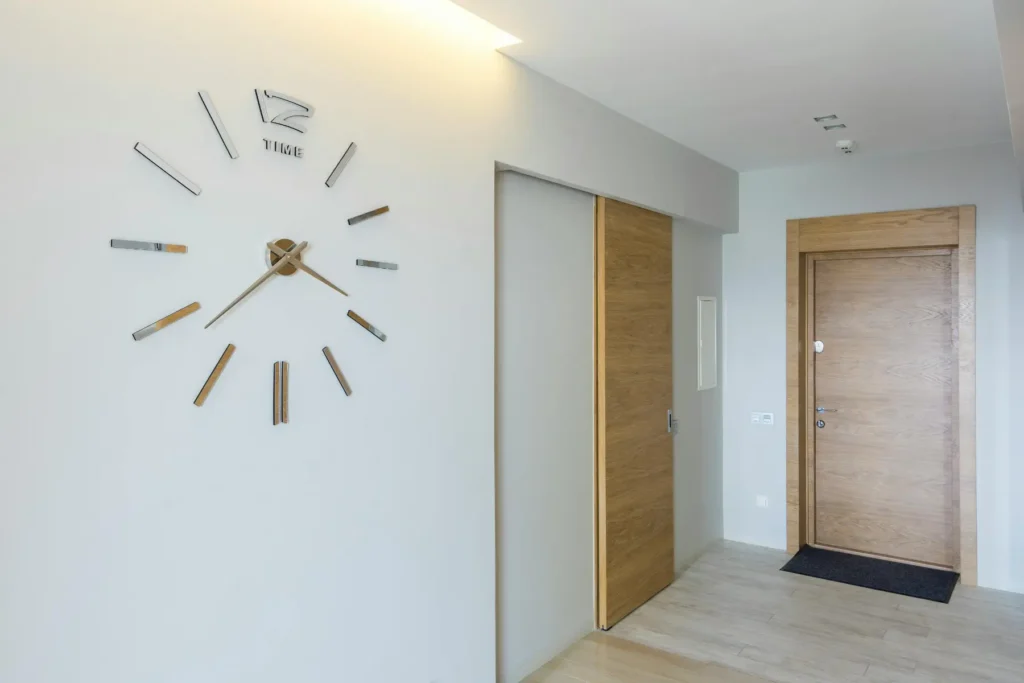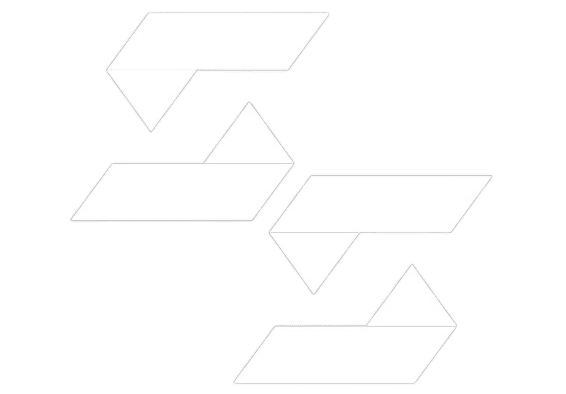
Curtain Wall Sliding Doors: Safety & Approval in Dubai
Introduction
Dubai’s dynamic skyline is shaped by modern architectural marvels like Curtain Wall Sliding Doors that blend aesthetics with functionality. One common architectural feature in both residential towers and commercial buildings is the curtain wall system — an external cladding system that is non-load bearing and typically made of lightweight aluminum framing and glass panels. Within this system, architects often integrate sliding doors to offer ventilation, access to balconies, and visual openness.
But incorporating sliding doors into curtain wall systems isn’t just a matter of design. It comes with critical structural implications that must be addressed through calculations, detailed engineering, and strict compliance with Dubai Municipality (DM), DDA, and Trakhees guidelines.
In this blog, we’ll explore how these systems are designed, what safety and structural issues must be considered, and how Structural Solutions can support you through design calculations, documentation, and approval processes in Dubai.
Table of Contents
What Is a Curtain Wall with Sliding Doors?
A curtain wall is an external envelope of a building that does not carry floor or roof loads. It is usually made of aluminum frames and glass panels. A curtain wall with integrated sliding doors refers to a segment where part of the glazed surface can open horizontally using sliding tracks.
These doors are typically used:
- On residential balconies
- In penthouses and villas
- In office buildings with outdoor access
- In hotel suites opening to terraces
While they add functional and aesthetic value, they also introduce dynamic loads, movement concerns, and connection challenges that require precise engineering analysis.
Where Are Curtain Wall Sliding Systems Commonly Used in Dubai?
You’ll find these integrated systems in:
- High-rise apartment towers in Dubai Marina, JBR, Business Bay
- Mixed-use towers like those in Downtown Dubai
- Luxury villas with full-height curtain walls opening to the garden
- Hospitality buildings (hotels, serviced apartments)
- Retail pods or pavilions with large openable glazed sections
Each of these contexts introduces different design demands. For instance, high-rise systems must be designed for high wind pressures, while villa systems may focus more on thermal movement and seismic tolerance.

Structural Risks and Challenges of Integrating Sliding Doors
Sliding doors in curtain walls pose specific risks that make structural calculations a must. Some key challenges include:
1. Loss of Frame Rigidity
A typical curtain wall panel includes transoms and mullions that form a rigid grid. Adding a sliding door reduces the structural continuity of these members.
2. Load Concentration at Track
Sliding doors exert loads on specific points—particularly the bottom track and side frame. If not adequately supported, this can cause excessive deflection or even frame failure.
3. Deflection Control
Unlike fixed panels, sliding doors are movable. Excessive deflection in the supporting frame could jam the doors or crack the glass.
4. Thermal and Differential Movement
In Dubai’s climate, aluminum systems undergo significant thermal expansion. Movable sections must be designed with sufficient tolerances to allow smooth operation.
5. Glazing Safety
Glass in sliding panels is more prone to impact and vibration, requiring tempered or laminated glass, and proper checks against breakage under wind load or misuse.
Key Design Parameters: Wind Load, Deflection, and Support Systems
Dubai’s codes (based on ASCE 7-22 and local amendments) require that all façade systems be designed for site-specific loads. In curtain wall systems with sliding doors, you must consider:
✅ Wind Pressure
Calculated using:
- Exposure category (urban, coastal, etc.)
- Height above ground
- Building importance factor
Sliding doors are usually located on balconies or upper floors, which attract higher wind pressures.
✅ Deflection Limits
- Glass panel deflection: L/175 or L/240 depending on support
- Mullion/transom deflection: L/360 for aesthetic applications
- Excess deflection can cause doors to jam or frames to fail.
✅ Support Systems
The sliding frame must be:
- Properly anchored to slab edge or floor beam
- Supported using brackets or embedded anchors
- Checked for fatigue, vibration, and movement tolerance

Aluminum Frame Strength and Sliding Mechanism Considerations
Sliding mechanisms must be compatible with the curtain wall framing system. Key structural design considerations include:
🔩 Track Load Transfer
- Bottom tracks transfer loads directly to the slab.
- Reinforcement or stiffener plates are often required below the track.
🧱 Structural Integrity of Frame
- Use of S355 steel reinforcement or heavy-duty aluminum mullions may be needed at large openings.
- All anchorage points should be structurally checked for pull-out failure.
🔄 Movement Accommodation
- Tracks must include slip joints or expansion spaces to avoid binding under thermal or structural movement.
- Lintel deflection limits must not interfere with the sliding mechanism.
Glass Panel Safety and Connection Design
Glass in sliding doors must be checked for:
- Wind pressure
- Impact resistance (per ASTM E1300 or BS EN 1991 standards)
- Support length (minimum 10–15 mm edge bearing)
- Connection design: Use of spider clamps, aluminum gaskets, or structural silicone glazing
You must also consider glass type:
- Tempered Glass: High strength, breaks into small fragments
- Laminated Glass: Stays intact after breakage, ideal for balconies
- Double Glazed Units (DGU): For thermal efficiency in villas or hotels
Authority Approval Requirements in Dubai (DM, DDA, Trakhees)
Whether you’re modifying a villa or developing a tower, integrating sliding doors into a curtain wall system requires structural approval.
🏛️ Required by:
- Dubai Municipality (DM) – For most mid-rise and high-rise buildings
- Dubai Development Authority (DDA) – For free zone and DDA-controlled areas
- Trakhees – For projects in JAFZA, Palm Jumeirah, etc.
📑 Required Documents:
- Structural calculation report (signed and stamped)
- Marked-up façade drawings
- Anchoring and fixing details
- Material specifications and glass data
- Deflection and load verification sheets
Failure to submit these may result in:
- Drawing rejection
- Construction delays
- Demolition of non-approved elements
What Structural Reports Must Include for Curtain Walls with Doors
To satisfy approval bodies, your structural calculation package must contain:
| Section | Content |
| General Description | Type of curtain wall, door location, usage |
| Load Assumptions | Wind pressure, imposed loads, seismic |
| Member Design | Mullions, transoms, tracks, and anchorage |
| Glass Design | Thickness, type, safety factor, fixings |
| Frame & Support | Reaction checks, stiffeners, anchoring layout |
| Summary Sheets | Pass/fail results, safety margins |
| Engineer’s Stamp | Licensed engineer with local approval authority |
At Structural Solutions, we ensure all these are compiled accurately and ready for submission.
How Structural Solutions Ensures Safe and Approved Designs
Our experienced structural engineers have supported more than 100+ façade projects in Dubai, working directly with developers, contractors, and consultants.
💼 We Offer:
- ETABS, STAAD.Pro, and manual calculation reports
- Signed and stamped documents compliant with DM, DDA, Trakhees
- Review of shop drawings to ensure structural adequacy
- Anchor and connection verification
- Wind load calculations as per ASCE 7-22 and Dubai Building Code
📊 Case Study Example:
A recent high-rise in Dubai Marina featured 10 curtain wall zones with integrated sliding doors. Our structural analysis addressed:
- 3.5 kPa wind pressure at 60 m height
- Glass deflection under combined wind + thermal loads
- Movement tolerance within sliding track system
Result: Approval was granted without comments on the first submission.
Conclusion & Call to Action
Incorporating sliding doors into curtain wall systems requires more than architectural intent — it demands precise structural evaluation, material compliance, and adherence to Dubai’s strict authority standards.
Whether you’re a contractor, consultant, or villa owner, don’t risk rejection, delays, or costly redesigns. Partner with Structural Solutions to get your façade systems designed, verified, and approved — professionally and efficiently.
✅ Ready to start?
📧 Email us at: info@structuralsolutions.ae
📞 Call: +971553394451
🌐 Or visit www.structuralsolutions.ae
Let’s get your curtain wall with sliding doors structurally approved — the right way.


